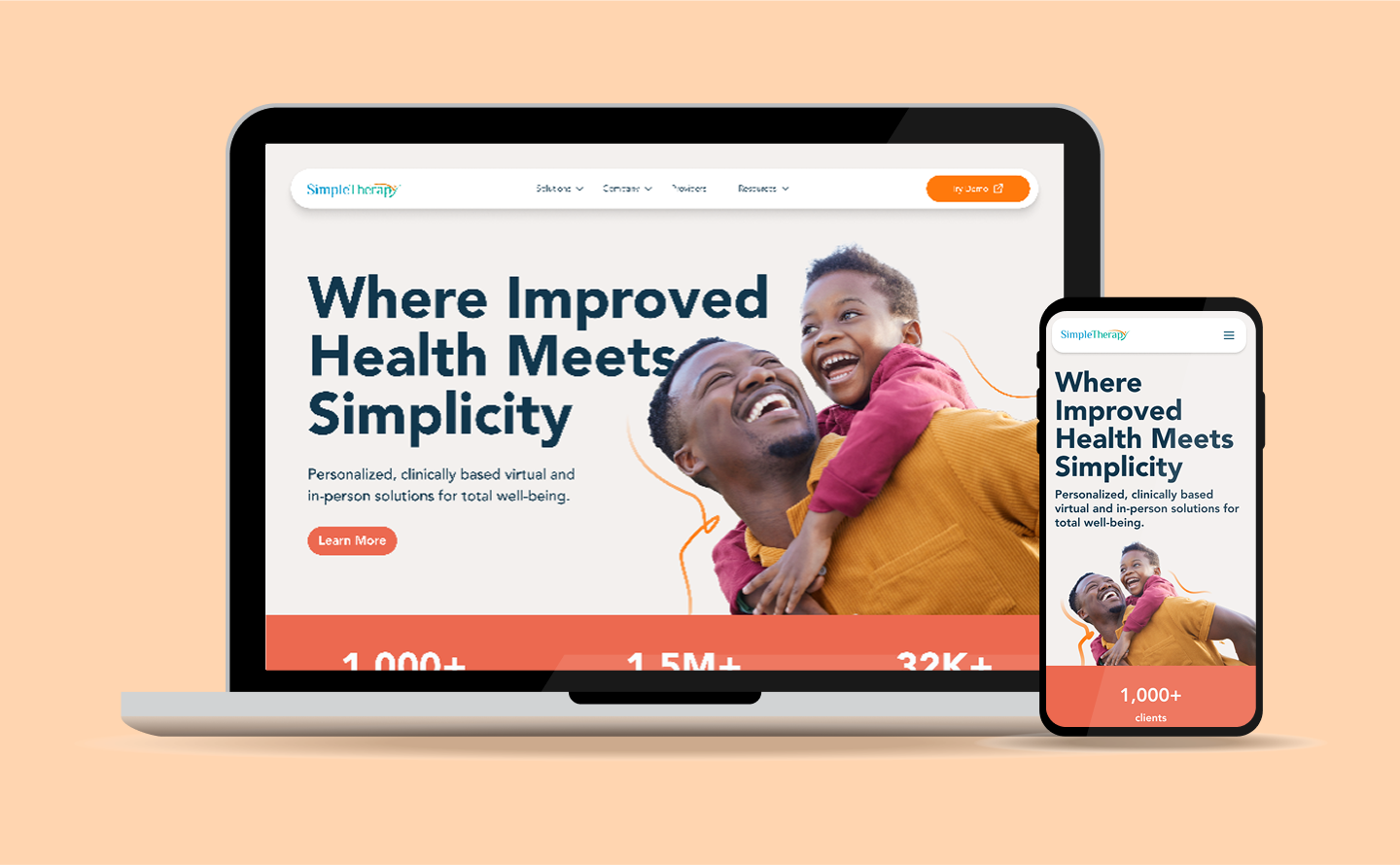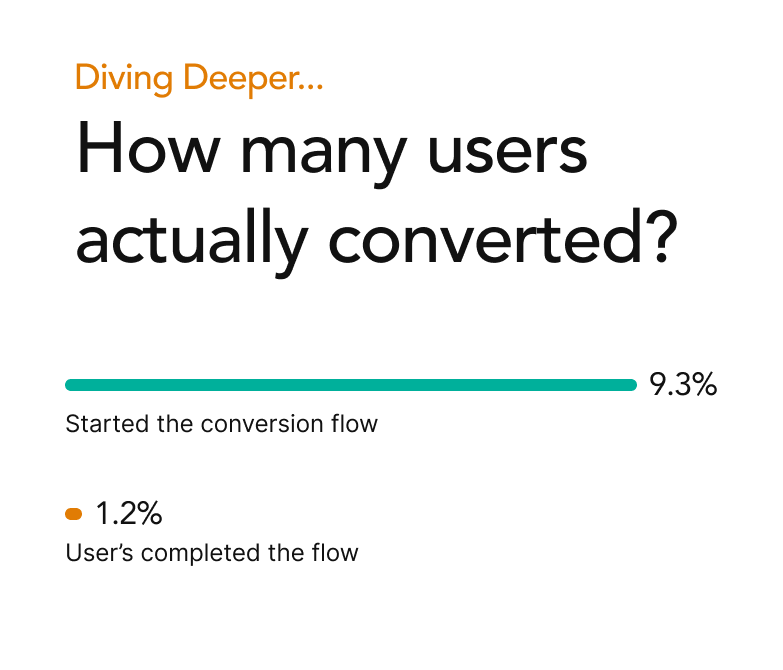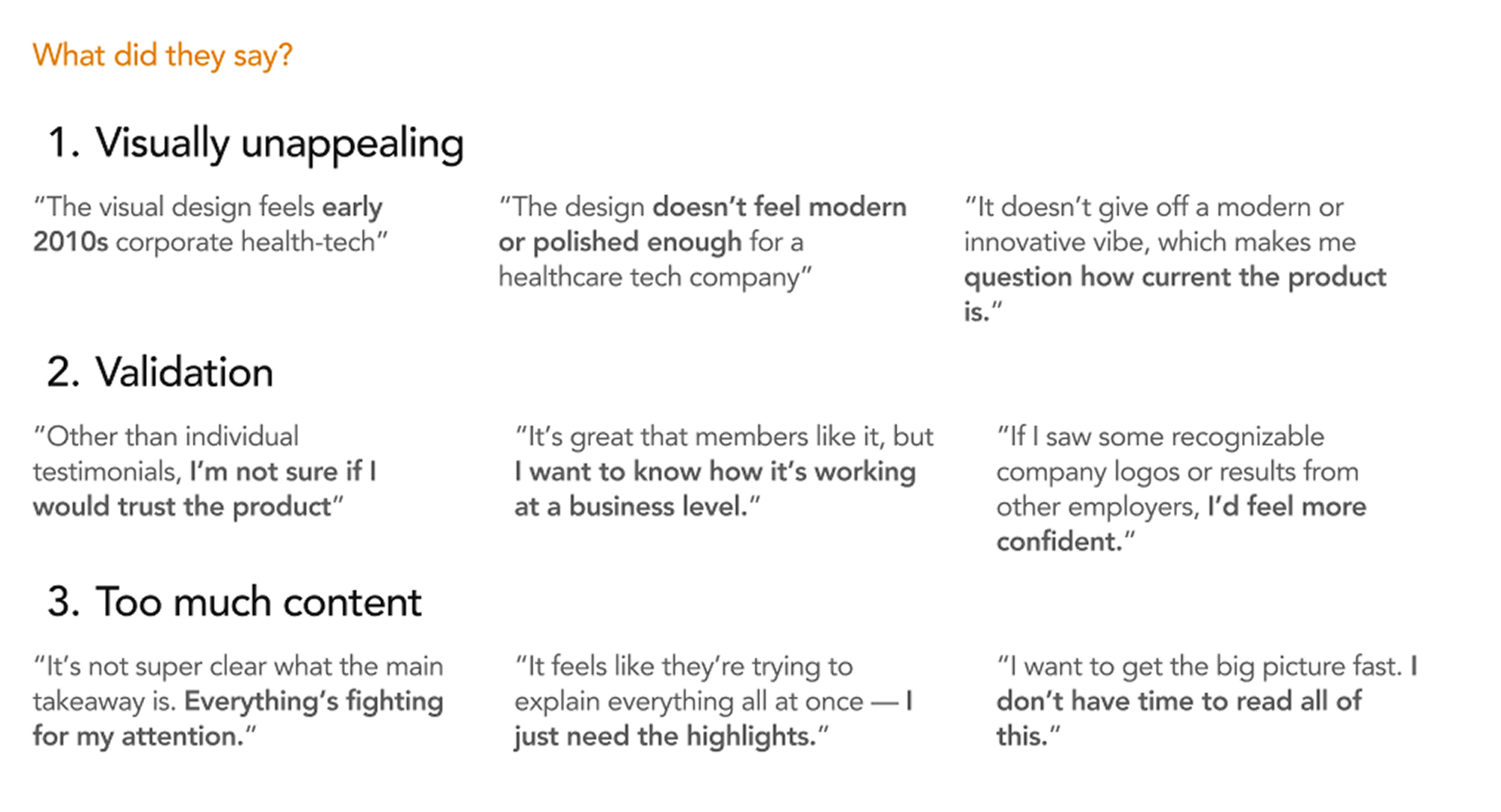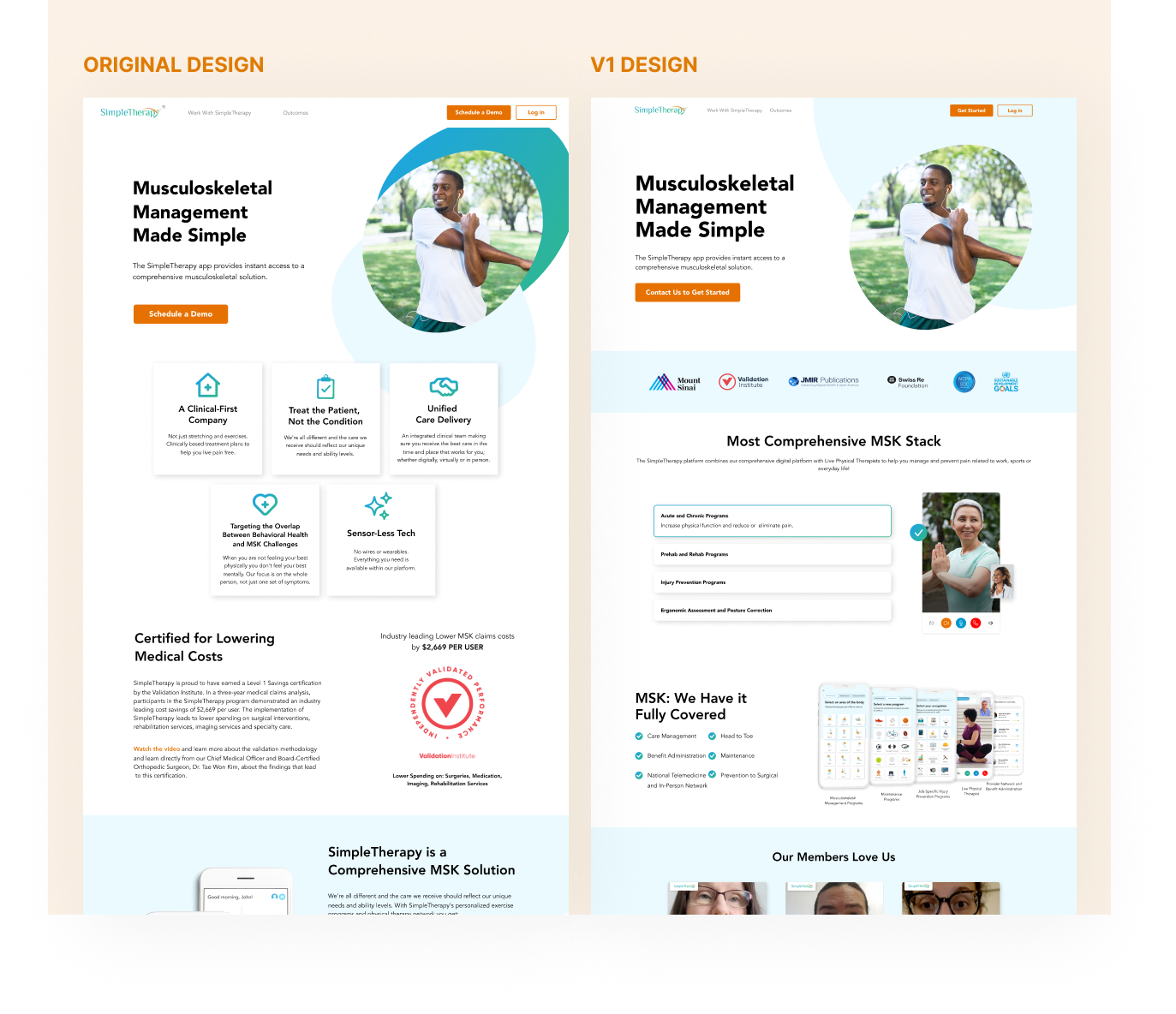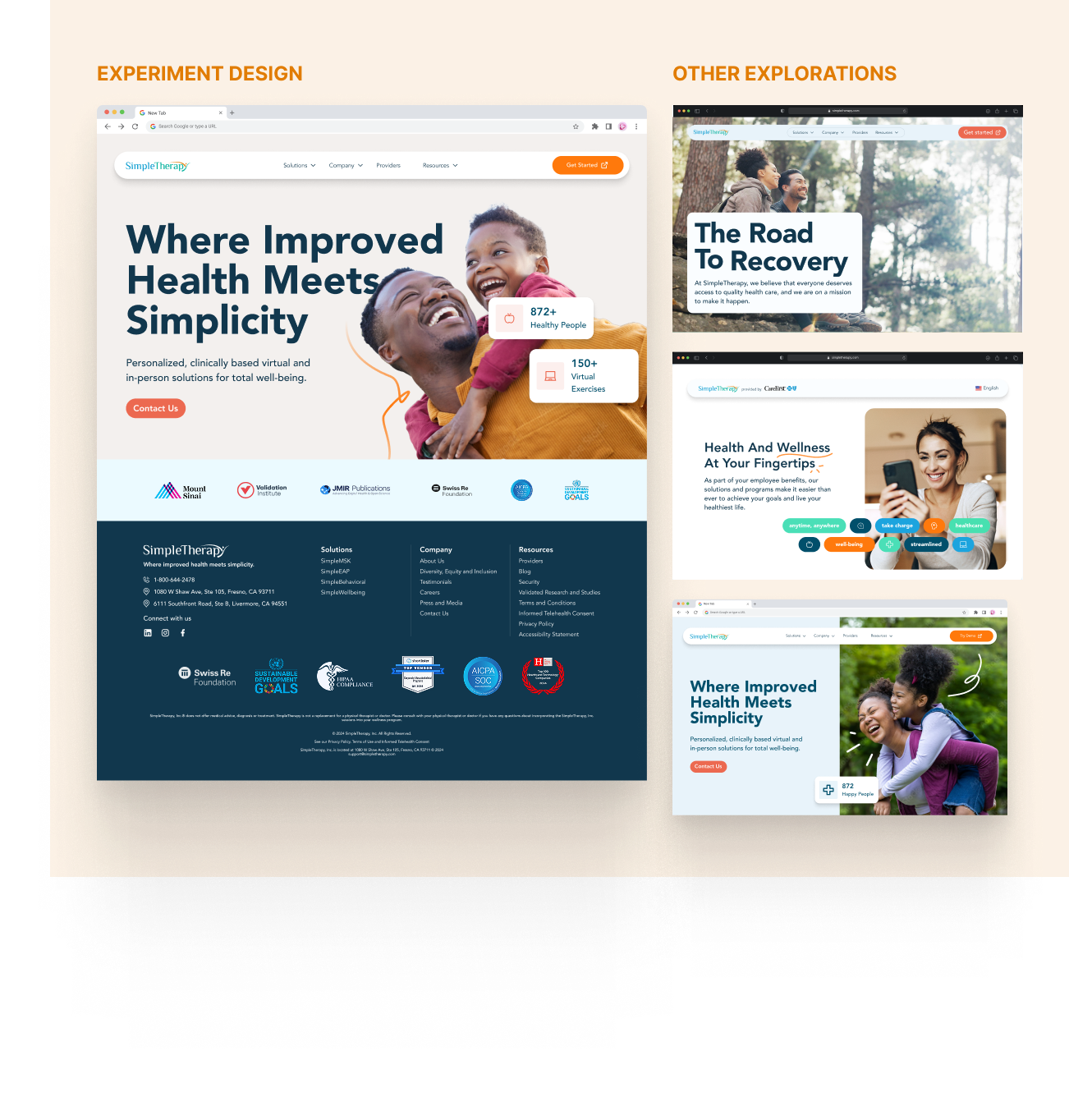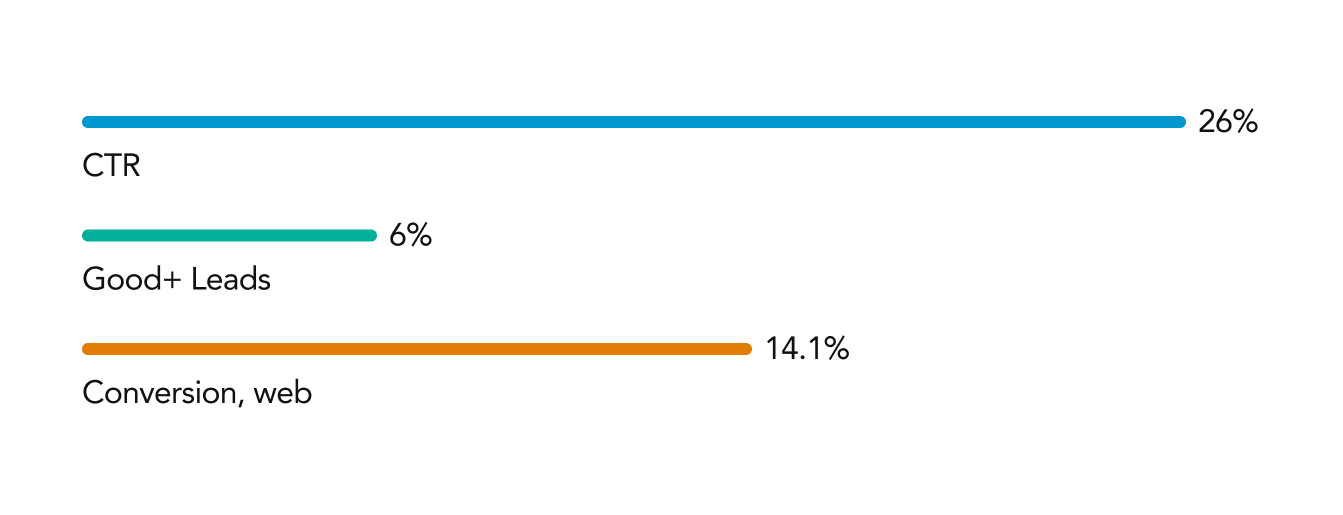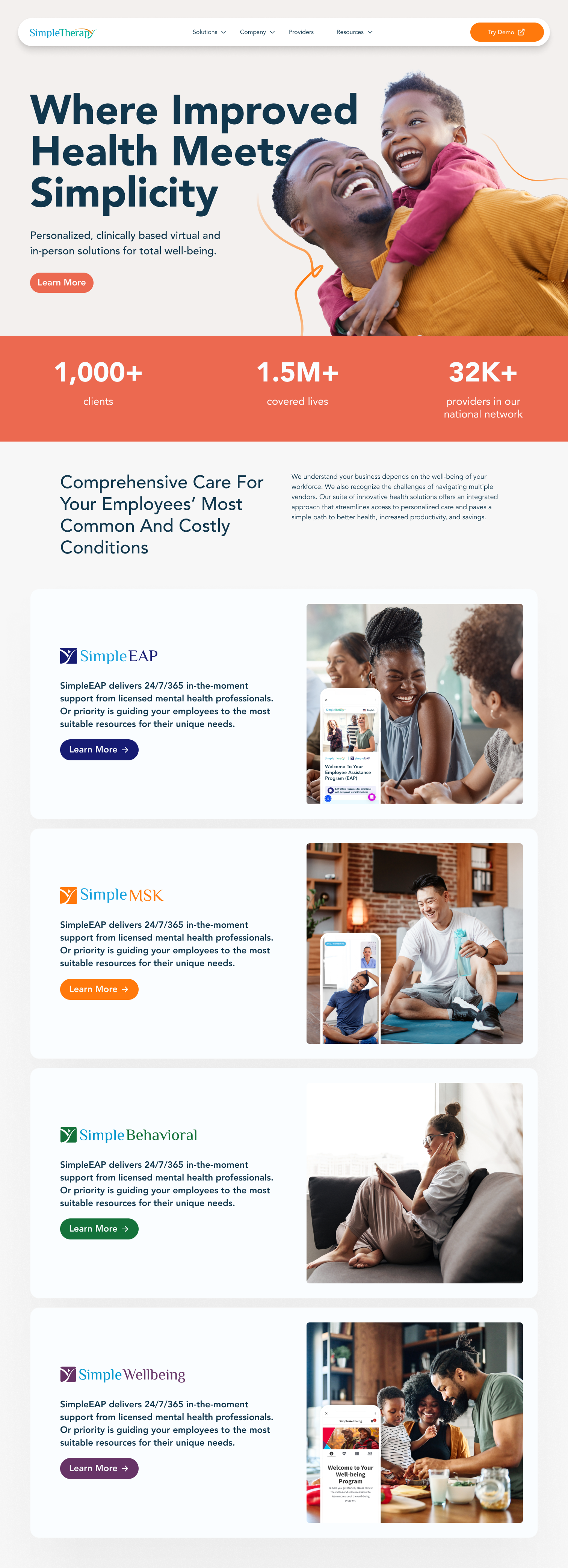Objective
The SimpleTherapy website redesign aimed to strengthen their digital presence and better reflect their mission of helping people manage and recover from pain through personalized exercise therapy. The previous site felt outdated, with a dense layout, inconsistent visuals, and limited hierarchy that made navigation difficult. The redesign focused on creating a modern, approachable experience that communicates trust, accessibility, and movement—bringing their clinically backed, user-centered approach to life online.
